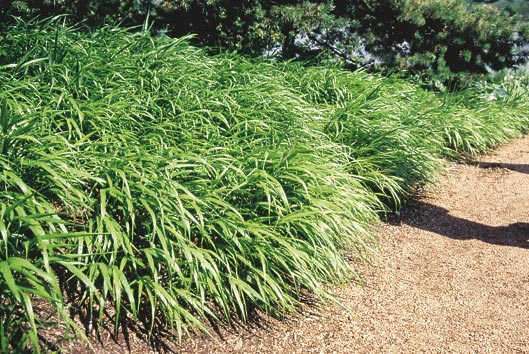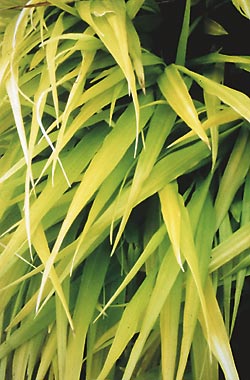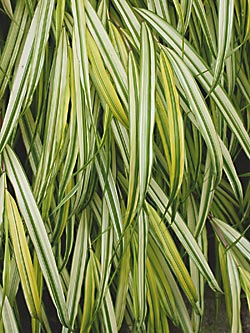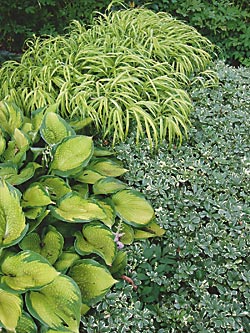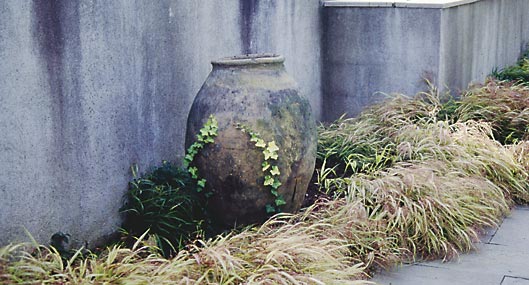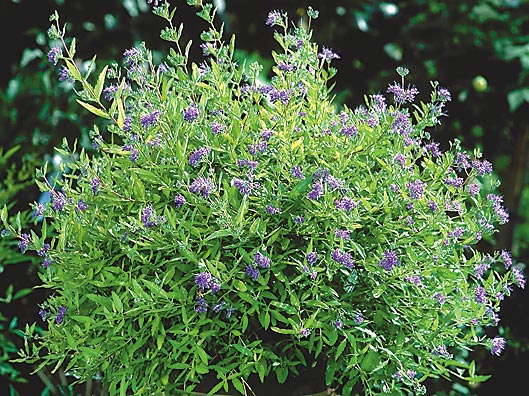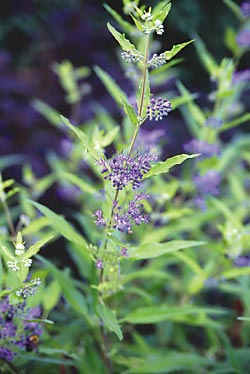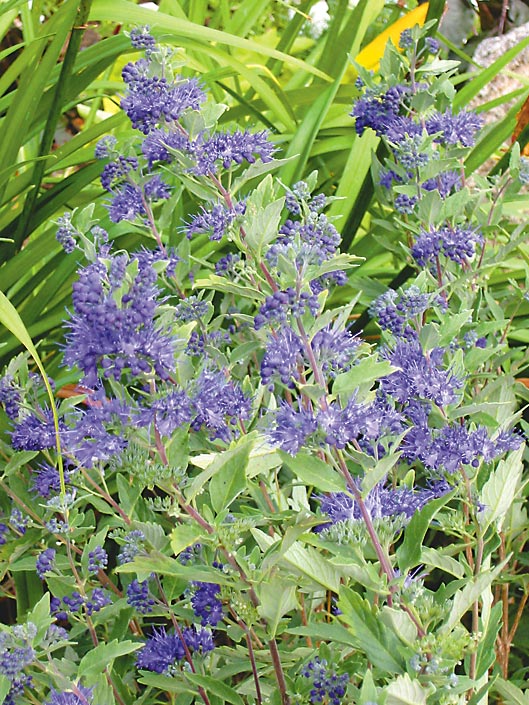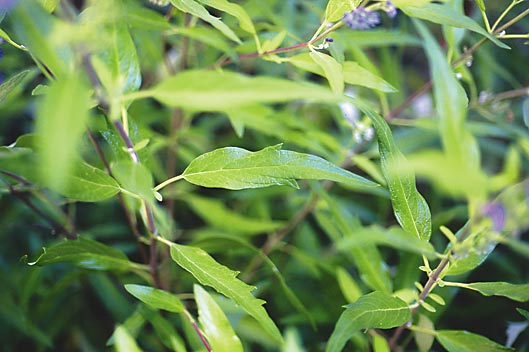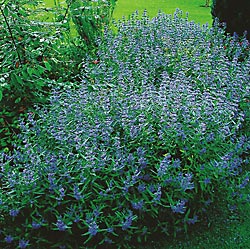I have self-seeding plants in my garden that I pull out before they go to seed and spread around too abundantly. If I pull them when they are in bloom and put them on the compost pile, will they still go to seed even though the roots are exposed and the plant is dying? I don’t want to end up inadvertently spreading the seeds through the beds when I use the finished compost.
First of all, if you pull these plants when they are still in bloom, they haven’t finished the process of making the seeds. If you miss a few and don’t remove them till after the bloom has long faded, then the seeds have formed. If you maintain a hot compost pile, one that reaches a measurable 140 to 160 degrees, the heat will not only kill many pathogenic organisms, but also self-seeding plants. A hot pile works best if it is made up all at one time and then allowed to compost completely without further additions of material. You don’t say what kind of plants these are, but you might consider deadheading to “trick” the plant into blooming again. Then you can enjoy more blossom time and get the jump on the seed-making process before it begins.

